Sustainable product design:Environmentally friendly product development
Product design for a sustainable future
It is estimated that ~80% of environmental impacts are determined at the product design stage. (Ellen Macarthur Foundation)
As a sustainable design agency, we at Bang Creations take this challenge front-on, utilising innovative materials to design sustainable products with a low environmental-impact, using renewable materials and sustainable product life cycles.
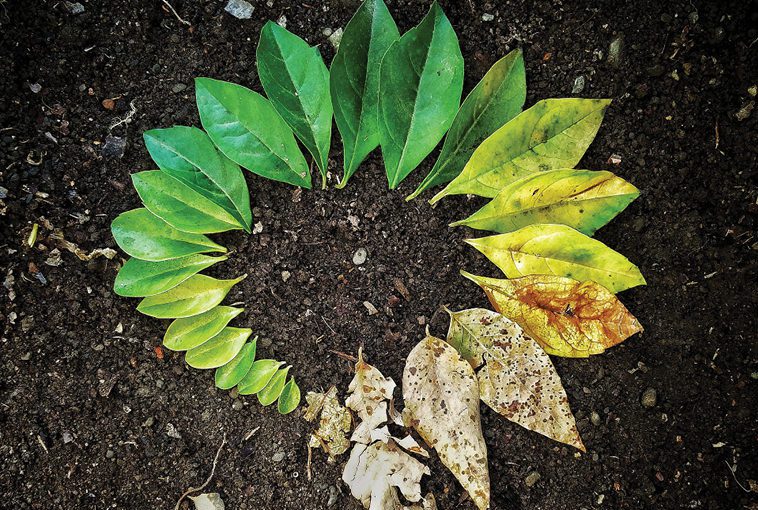
The circular economy
The existing model for the economy is a linear one: To create, use, and dispose. A beginning, middle and end.
In nature a tree grows using nutrients from the soil, taking in sunlight for energy. Then it dies, decomposing back into the very soil it grew from, replenishing the soil with nutrients for more trees to grow. This is the perfect metaphor for the circular economy.
The premise of circular economy is to remove the 'end' process, reusing materials to create a circular one instead. This can be accomplished through the reuse of products, repairing of products, and finally the recycling of products.
As a sustainable product design consultancy, this concept is very important to us.
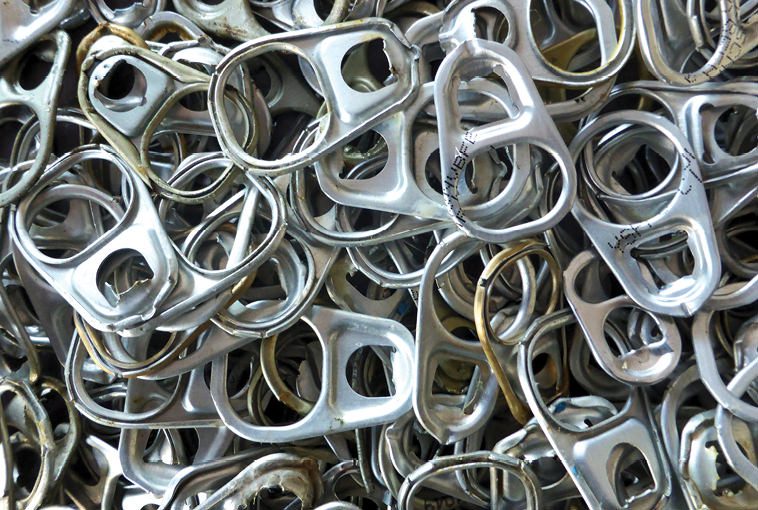
Design for end-of-life
During the initial stages of sustainable product development the way in which the product will be disposed of must be strongly considered, thus informing the nature of the design. Considerations such as reducing or eliminating plastic use and replacing them with more efficient recyclables or, replacing plastic water bottles with aluminium cans, which are infinitely more recyclable. All these factors need to be taken into account when considering sustainable product design.
Making products deconstructable by using fixings rather than adhesives is another sustainable method, as this allows products to be repaired or modified easily, reducing how much product goes to landfill. It's even possible to make products compostable using materials such as potato-starch pulp, or bio-plastics.
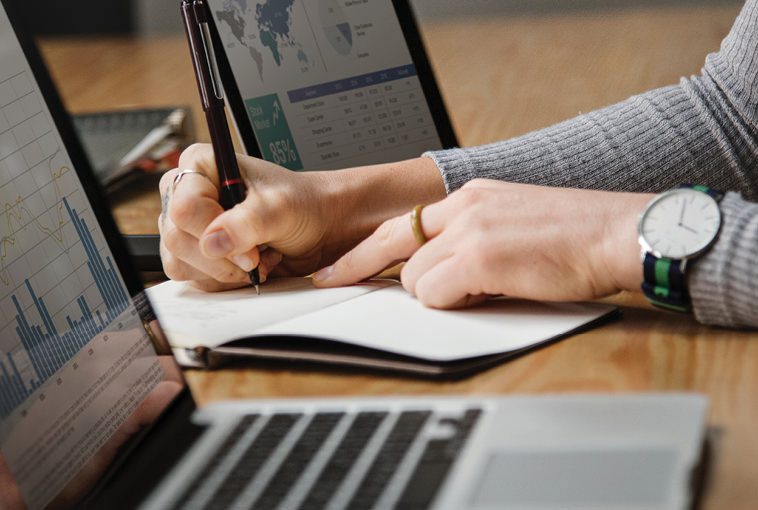
Commercial benefits of sustainable product design
Sustainable design can provide significant additional business benefits such as:
- Increased sales from environmentally conscious customers
- Improved brand reputation and trust
- Compliance with existing and future legislation
- Generation of intellectual property
- Improved environmental performance
Sustainable product design:Environmentally friendly product development
Product design for a sustainable future
It is estimated that ~80% of environmental impacts are determined at the product design stage. (Ellen Macarthur Foundation)
As a sustainable design agency, we at Bang Creations take this challenge front-on, utilising innovative materials to design sustainable products with a low environmental-impact, using renewable materials and sustainable product life cycles.
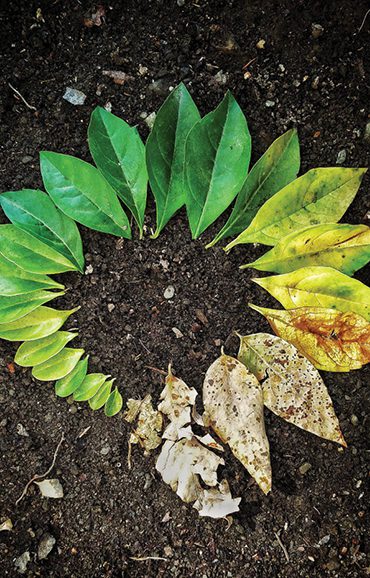
The circular economy
The existing model for the economy is a linear one: To create, use, and dispose. A beginning, middle and end.
In nature a tree grows using nutrients from the soil, taking in sunlight for energy. Then it dies, decomposing back into the very soil it grew from, replenishing the soil with nutrients for more trees to grow. This is the perfect metaphor for the circular economy.
The premise of circular economy is to remove the 'end' process, reusing materials to create a circular one instead. This can be accomplished through the reuse of products, repairing of products, and finally the recycling of products.
As a sustainable product design consultancy, this concept is very important to us.
Design for end-of-life
During the initial stages of sustainable product development the way in which the product will be disposed of must be strongly considered, thus informing the nature of the design. Considerations such as reducing or eliminating plastic use and replacing them with more efficient recyclables or, replacing plastic water bottles with aluminium cans, which are infinitely more recyclable. All these factors need to be taken into account when considering sustainable product design.
Making products deconstructable by using fixings rather than adhesives is another sustainable method, as this allows products to be repaired or modified easily, reducing how much product goes to landfill. It's even possible to make products compostable using materials such as potato-starch pulp, or bio-plastics.
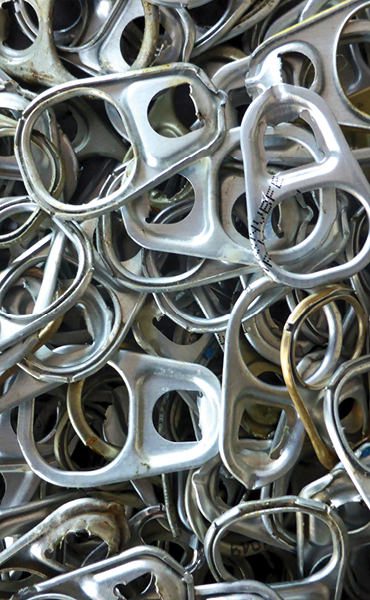
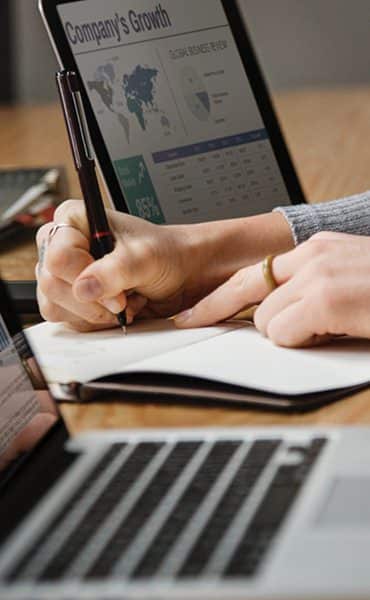
Commercial benefits of sustainable product design
Sustainable design can provide significant additional business benefits such as:
- Increased sales from environmentally conscious customers
- Improved brand reputation and trust
- Compliance with existing and future legislation
- Generation of intellectual property
- Improved environmental performance
Sustainable product design:Environmentally friendly product development
Product design for a sustainable future
It is estimated that ~80% of environmental impacts are determined at the product design stage. (Ellen Macarthur Foundation)
As a sustainable design agency, we at Bang Creations take this challenge front-on, utilising innovative materials to design sustainable products with a low environmental-impact, using renewable materials and sustainable product life cycles.

The circular economy
The existing model for the economy is a linear one: To create, use, and dispose. A beginning, middle and end.
In nature a tree grows using nutrients from the soil, taking in sunlight for energy. Then it dies, decomposing back into the very soil it grew from, replenishing the soil with nutrients for more trees to grow. This is the perfect metaphor for the circular economy.
The premise of circular economy is to remove the 'end' process, reusing materials to create a circular one instead. This can be accomplished through the reuse of products, repairing of products, and finally the recycling of products.
As a sustainable product design consultancy, this concept is very important to us.
Design for end-of-life
During the initial stages of sustainable product development the way in which the product will be disposed of must be strongly considered, thus informing the nature of the design. Considerations such as reducing or eliminating plastic use and replacing them with more efficient recyclables or, replacing plastic water bottles with aluminium cans, which are infinitely more recyclable. All these factors need to be taken into account when considering sustainable product design.
Making products deconstructable by using fixings rather than adhesives is another sustainable method, as this allows products to be repaired or modified easily, reducing how much product goes to landfill. It's even possible to make products compostable using materials such as potato-starch pulp, or bio-plastics.


Commercial benefits of sustainable product design
Sustainable design can provide significant additional business benefits such as:
- Increased sales from environmentally conscious customers
- Improved brand reputation and trust
- Compliance with existing and future legislation
- Generation of intellectual property
- Improved environmental performance



